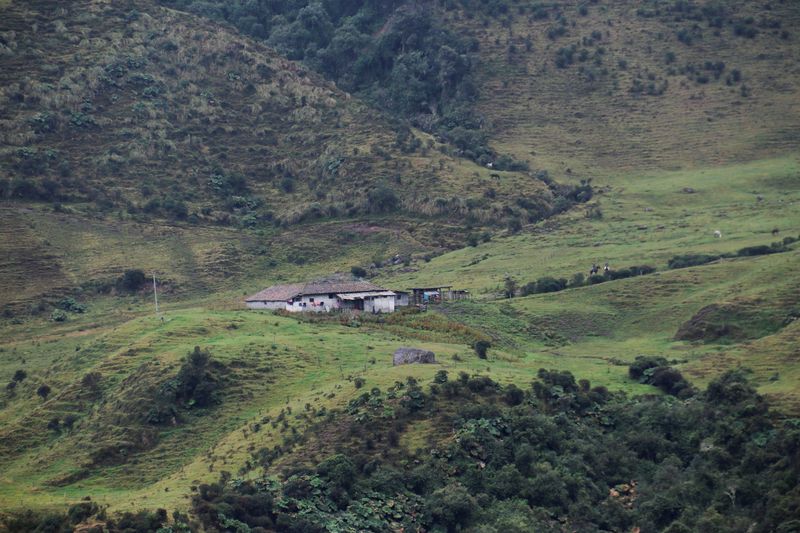BOGOTA (Reuters) – Colombian authorities plan to evacuate people living within 15 kilometers of the Nevado del Ruiz volcano, which is being monitored for a possible eruption, with more evacuations possible in the coming days.
The government raised the volcano’s alert level to orange last week, following a surge in seismic activity that suggested a heightened chance of an eruption in the coming days or weeks.
“We support the decision of local committees to evacuate some people,” national disaster unit interim director Luis Fernando Velasco said after a meeting late on Monday with national and local authorities. “It’s probable that in the coming days we will need to evacuate additional people.”
The evacuations are preventative, Velasco said, as areas nearest the volcano have poor communication infrastructure, potentially making it difficult to contact some people quickly in the event of an eruption.
Forty families in Caldas province will be evacuated first, he said, and 500 additional families may eventually be asked to do the same.
The Nevado del Ruiz is a stratovolcano, or composite volcano, which straddles the border between Colombia’s Tolima and Caldas provinces.
Children must be evacuated, Velasco added, even if adult family members opt to stay.
Authorities are monitoring areas around rivers and those which could be prone to landslides in the case of an eruption, he said, and are shoring up roads that would be used for evacuations.
Plans are also being made for evacuee shelters and for the transport of livestock and pets, Velasco added.
Caldas governor Luis Carlos Velasquez has asked the national government for 800 million pesos (about $173,800) to strengthen an early warning system, 400 million pesos for machinery, and funding for evacuees’ housing, the government said in a statement on Monday.
The Nevado was the cause of Colombia’s biggest natural disaster when it erupted in 1985, causing avalanches of earth and rock fragments which buried entire settlements and killed more than 25,000 people.
(Reporting by Julia Symmes Cobb; Editing by Bernadette Baum)




